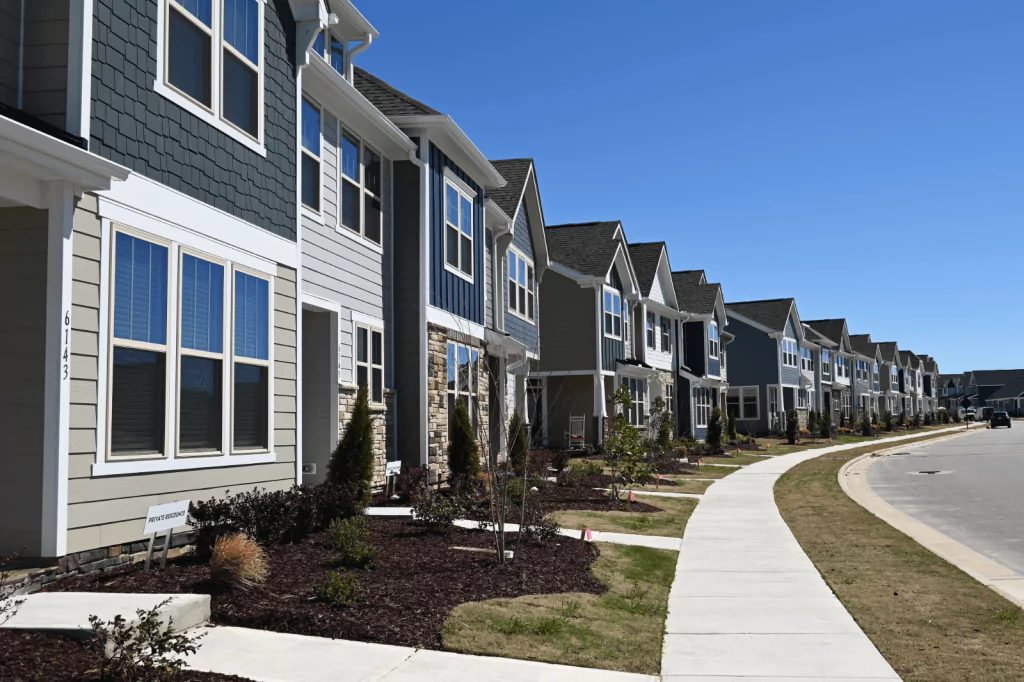Understanding the New Mortgage Landscape
In the wake of the COVID-19 pandemic, the mortgage landscape has undergone significant shifts. Recent studies highlight that a significant number of homeowners face increasing difficulties in managing their single-family home mortgages. This article explores the factors contributing to this trend, the implications for the housing market, and potential future developments.
The State of Homeownership Today
The economic fallout from the pandemic has left a lasting impact on households worldwide. Financial strains caused by job losses, reduced incomes, and heightened living costs have made it challenging for many homeowners to keep up with their mortgage payments. According to a recent survey, slightly over a quarter of single-family homeowners are now struggling to maintain their mortgage obligations.
Factors Influencing Mortgage Difficulties
Economic Impact of the Pandemic
The COVID-19 pandemic triggered widespread economic disruptions, leading to a surge in unemployment rates and financial instability. Many families experienced a significant reduction in their primary sources of income, making it difficult to meet their mortgage commitments.
Rising Interest Rates
Another critical factor affecting homeowners is the increase in interest rates. As central banks attempt to curb inflation, mortgage rates have risen, resulting in higher monthly payments for borrowers. This hike has added financial pressure on households already dealing with economic challenges.
Housing Market Dynamics
The housing market has also experienced significant changes. Property values have soared in many regions, driven by high demand and limited supply. While this has benefitted sellers and investors, it has created a tougher environment for buyers and current homeowners refinancing their mortgages.
Household Debt Levels
Overall debt levels for households have risen as many families have taken on additional debt to manage everyday expenses. This increase in debt has further complicated their ability to keep up with mortgage payments. The combination of mortgage debt and other forms of debt, such as credit card and personal loans, has created a precarious financial situation for many.
Implications for the Housing Market
The struggles faced by homeowners have broader implications for the housing market. If a significant number of homeowners continue to face difficulties, we could see an increase in foreclosure rates. This would not only impact individual families but could also lead to a decline in property values and overall market stability.

Expert Opinions and Insights
Financial experts suggest that addressing the underlying issues is crucial for stabilizing the housing market. “It’s essential for policymakers to consider measures that provide relief to struggling homeowners, such as loan modifications or temporary payment forbearances,” says Jane Doe, a financial analyst at XYZ Bank.
Moreover, increasing financial literacy and offering support programs for homeowners can help them better manage their finances and mortgage obligations. This holistic approach could mitigate the risks and prevent a potential crisis in the housing market.
Future Prospects and Potential Solutions
Government Interventions
One potential solution lies in government intervention. By implementing policies aimed at reducing the financial burden on homeowners, such as subsidies or tax incentives, the government can play a pivotal role in stabilizing the market.
Financial Education and Support Programs
Enhancing financial education and providing support programs can empower homeowners to make informed decisions regarding their mortgages. Workshops, online resources, and personalized financial counseling can help families navigate their financial challenges more effectively.
Innovations in Mortgage Products
The mortgage industry itself can contribute by developing more flexible mortgage products. Adjustable-rate mortgages, interest-only loans, and other innovative products can offer temporary relief to homeowners struggling with their current payments.
Conclusion
The challenges faced by homeowners in maintaining their single-family home mortgages are multifaceted and require a comprehensive approach to address. By understanding the economic impact of the pandemic, rising interest rates, housing market dynamics, and household debt levels, we can better navigate the path forward. With targeted interventions from the government, financial education, and innovative mortgage solutions, there is hope for a more stable and resilient housing market in the future.












